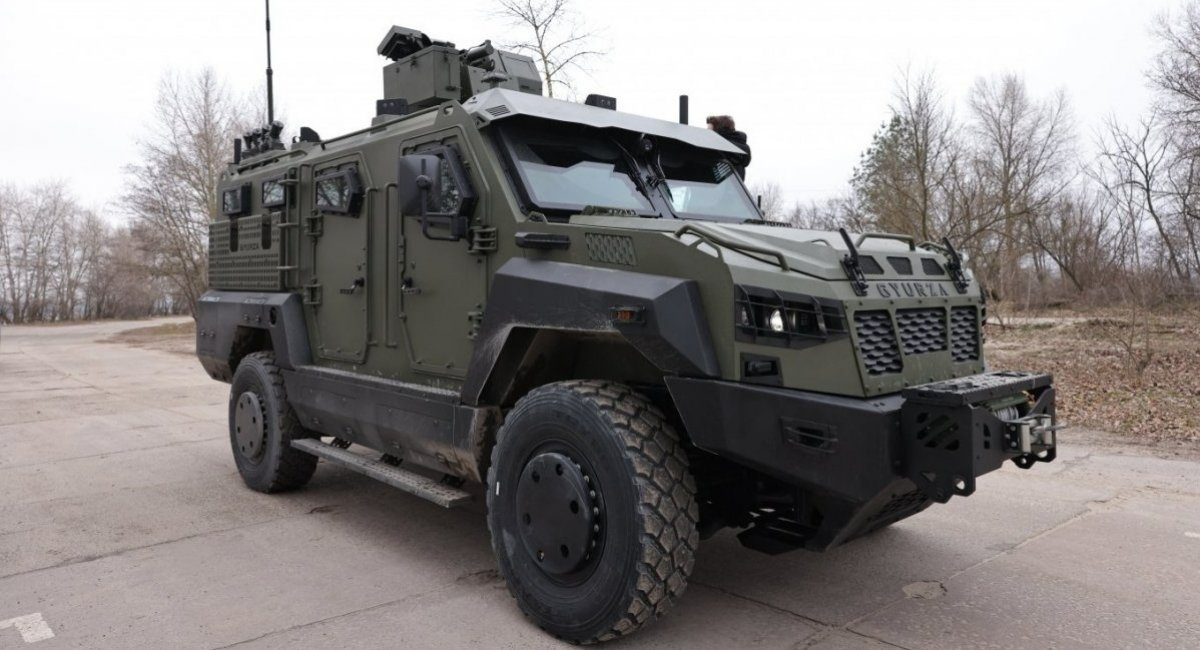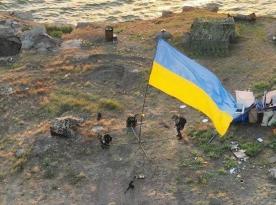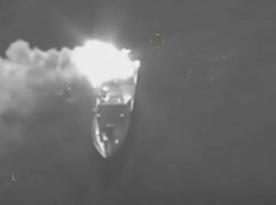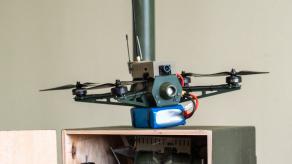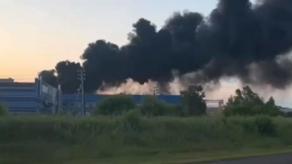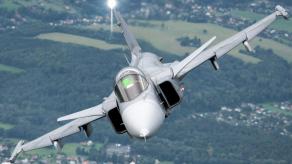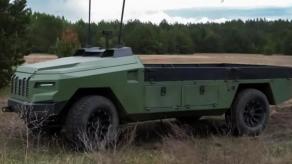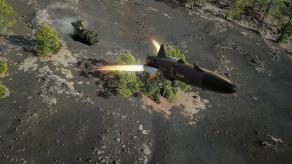Ukrainian manufacturers continue to supply the national Defense Forces with a significant number of wheeled armored vehicles, which perform a broad range of logistical and even combat functions.
Combat experience and ongoing evaluation of these vehicles — especially regarding how certain design features hold up in wartime — are central to improving existing models and developing new ones. This approach is exemplified by the work of UKR ARMO TECH.
Read more: GYURZA-02: New Combat Vehicle From UKR ARMO TECH Premieres at IDEX 2025
Over the past year, the company has delivered hundreds of GYURZA-01 armored vehicles to the Ukrainian Defense Forces. These 4x4 MRAP-class all-wheel-drive vehicles are now in service with the Armed Forces, the National Guard, and the State Border Guard Service.
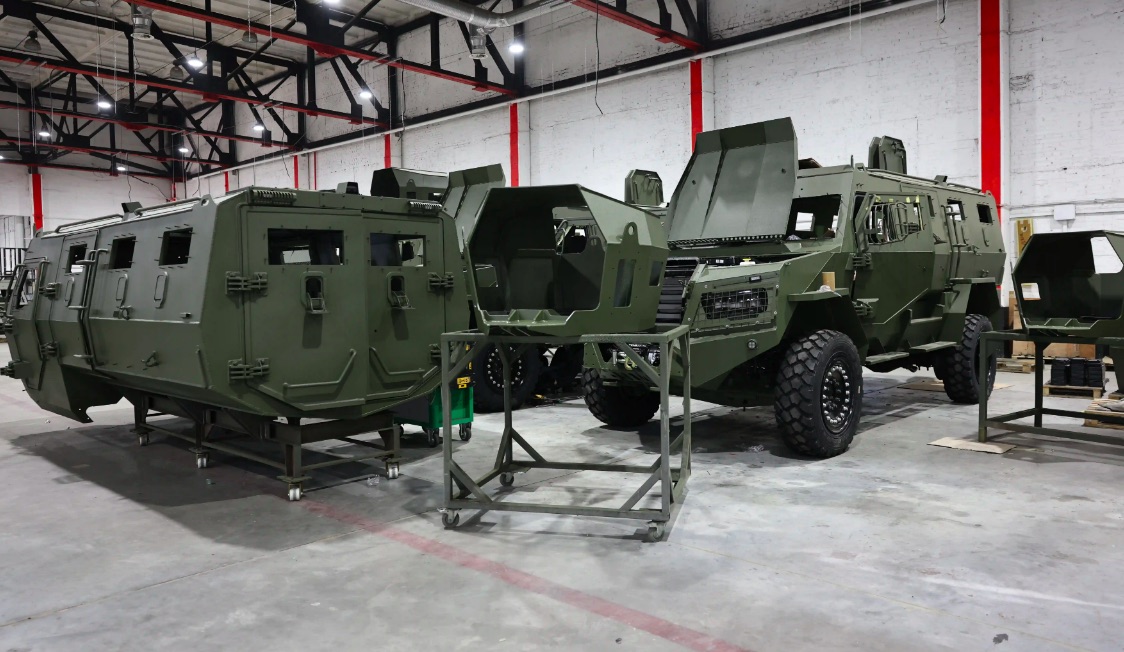
Although wheeled armored vehicles are primarily designed only to transport infantry to the frontline, shortages of IFVs and APCs have expanded their roles to include direct participation in assault operations. Examples of this are already widely seen across the warzone.
In those conditions, Gyurza vehicles have faced threats ranging from IEDs and mines to FPV drones and anti-tank guided missiles. The consequences and lessons from these encounters are reflected in real-world cases shared with Defense Express by UKR ARMO TECH.
State Border Guard Service
The 105th Prince Volodymyr the Great Border Guard Detachment was the first Border Guard unit to receive serially produced Gyurzas. Since then, the vehicles had to prove their reliability on multiple occasions.
In one reported incident in the Donetsk region, a russian FPV drone operated via a fiber-optic cord approached a Gyurza from behind and flew under the vehicle before detonating. The explosion lifted the 12-ton armored vehicle off the ground but failed to overturn it.
The wheel tires were shredded, though, and other damage was done to the exterior but the crew was unharmed. Thanks to its armored capsule and RUN-FLAT tires, the vehicle was still able to return to base. It is currently undergoing repairs and will soon be returned to service.
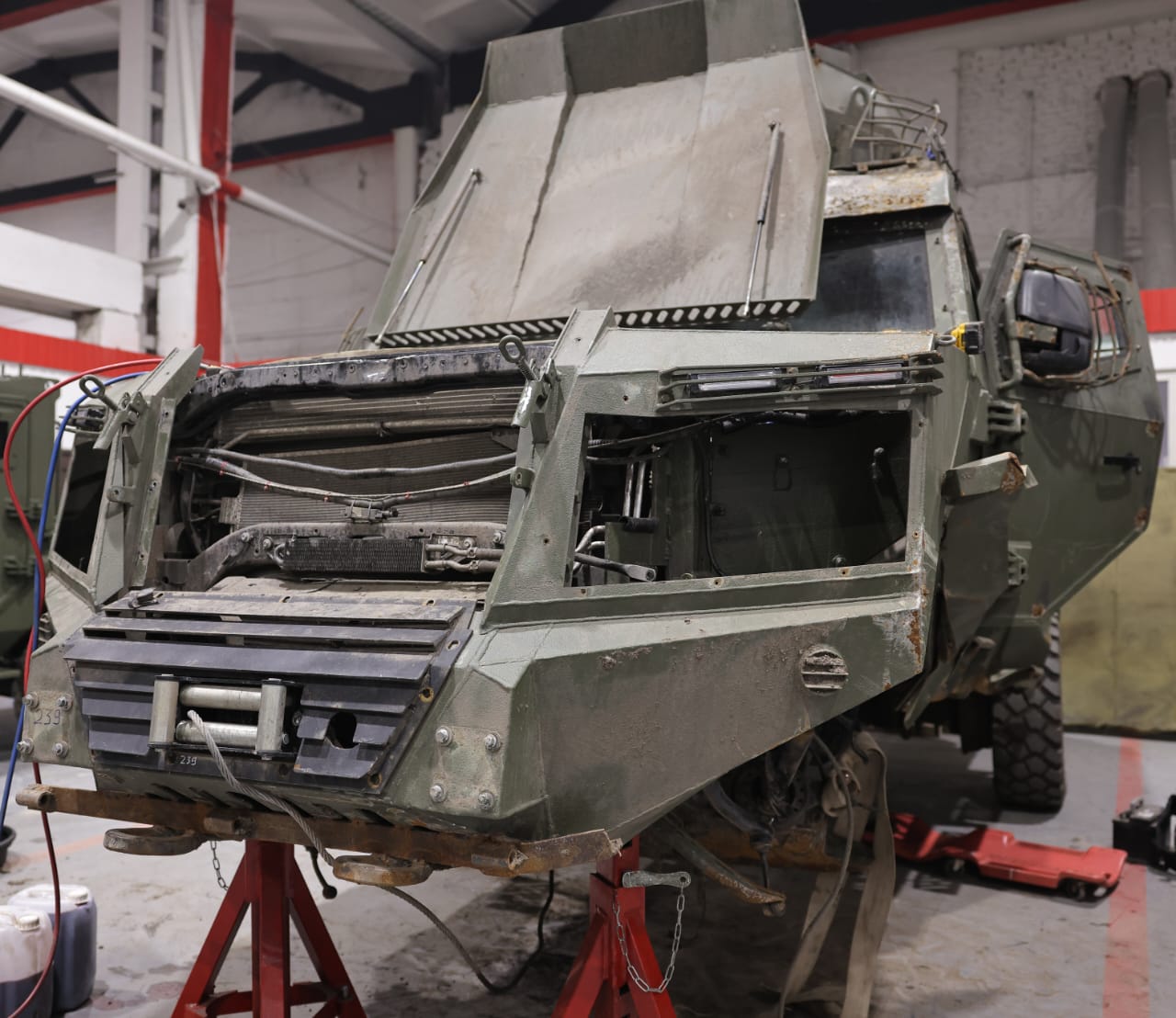
National Guard of Ukraine
Soldiers from the 18th Slavic Brigade of the National Guard described a similar incident, also in Donetsk. Here the russian forces often resort to heavy mining of roads and highways, particularly by using drones to plant inconspicuous explosive devices remotely.
Ukrainian guards say one of these hit their Gyurza-01. Onboard were six landing troops and two crew members — a driver and a machine gunner. The powerful blast caused no injuries and even was barely felt by the passengers because the vehicle’s V-shaped hull, armored capsule, and specially designed seats absorbed the impact.
Still, the damage to equipment was heavy, so the soldiers chose to leave the car. Later recovered by designated teams, the vehicle is now being restored.
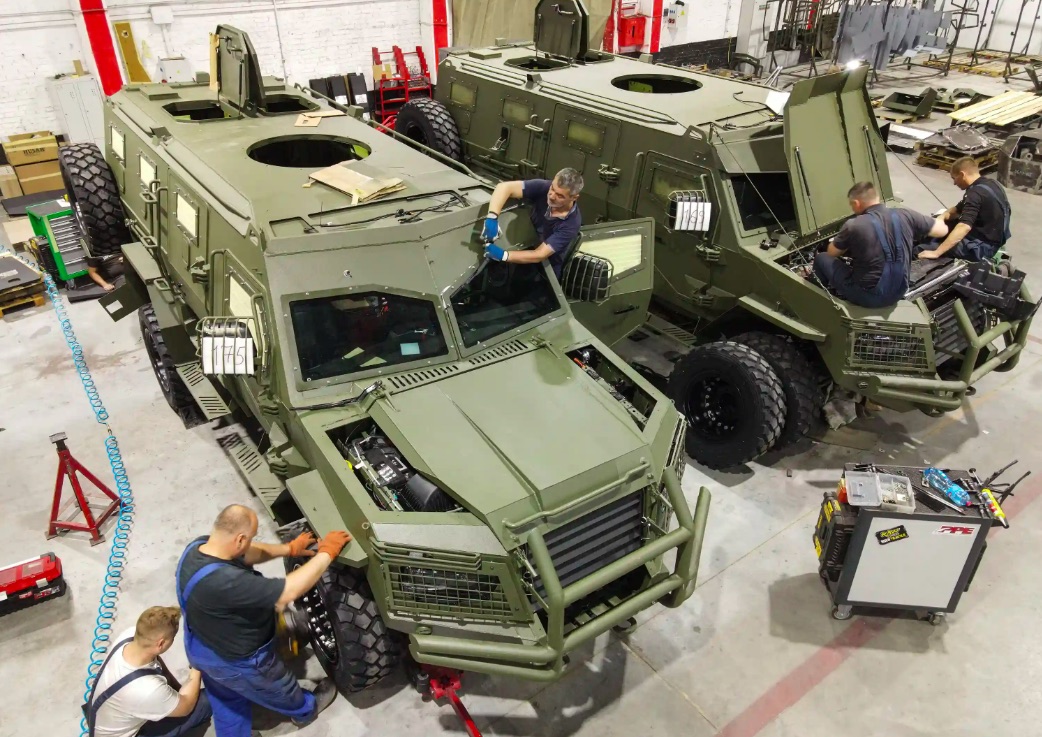
Volodymyr Romaniuk, chief of the unit’s armored service, commented:
"We operate armored vehicles from different manufacturers. We value the Gyurza for its optimal weight, the capsule's reliable protection, and ease of control. Every day, we risk losing a wheel at best or an entire vehicle at worst. Equipment is, of course, important, but what matters most is saving our soldiers' lives — and Gyurza performs that role exceptionally well."
Airborne Assault Forces
UKR ARMO TECH vehicles are also active in the Kursk direction. Recently, two Gyurza-01s from an airborne unit were damaged by FPV drones. One vehicle sustained light damage and was quickly repaired: the drone didn't get the capsule or any important components of the vehicle, so all it took was to replace the protective interior lining.
The other vehicle suffered heavier damage with a fire breakout inside and impaired chassis but is also currently undergoing repairs. In both cases, the crews survived.
In another case last year, an armor-piercing shaped charge penetrated a Gyurza-01 windshield, causing a fire. Again, the onboard fire suppression system protected the crew. That vehicle, too, was fully restored.
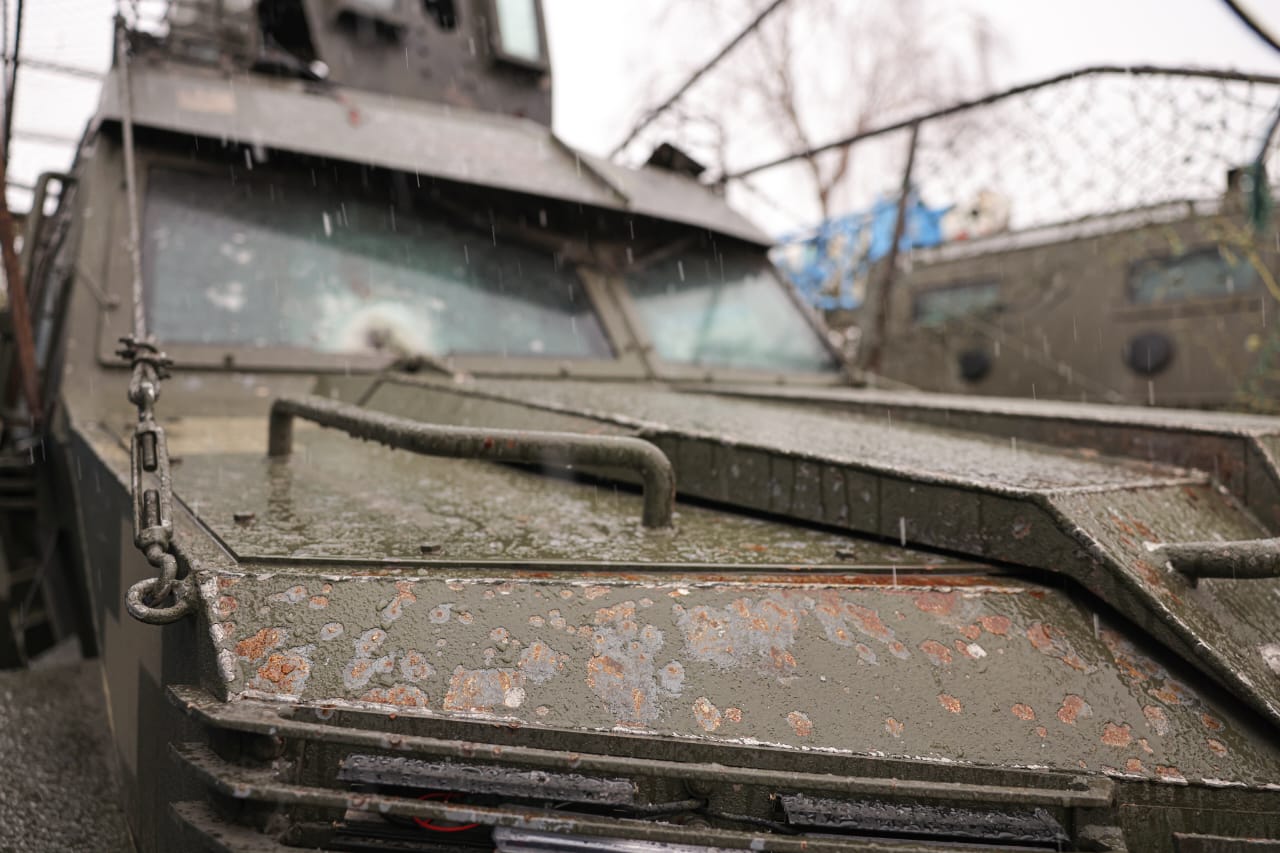
UKR ARMO TECH stresses that its designs are constantly evolving based on frontline experience:
"Our mission is to save the lives of those defending Ukraine under extreme conditions. We stand behind the quality and performance of our vehicles, built to transport and support frontline units."
The military is now set to receive the next generation of this platform — the GYURZA-02 — designed with lessons learned from the GYURZA-01’s combat deployment.
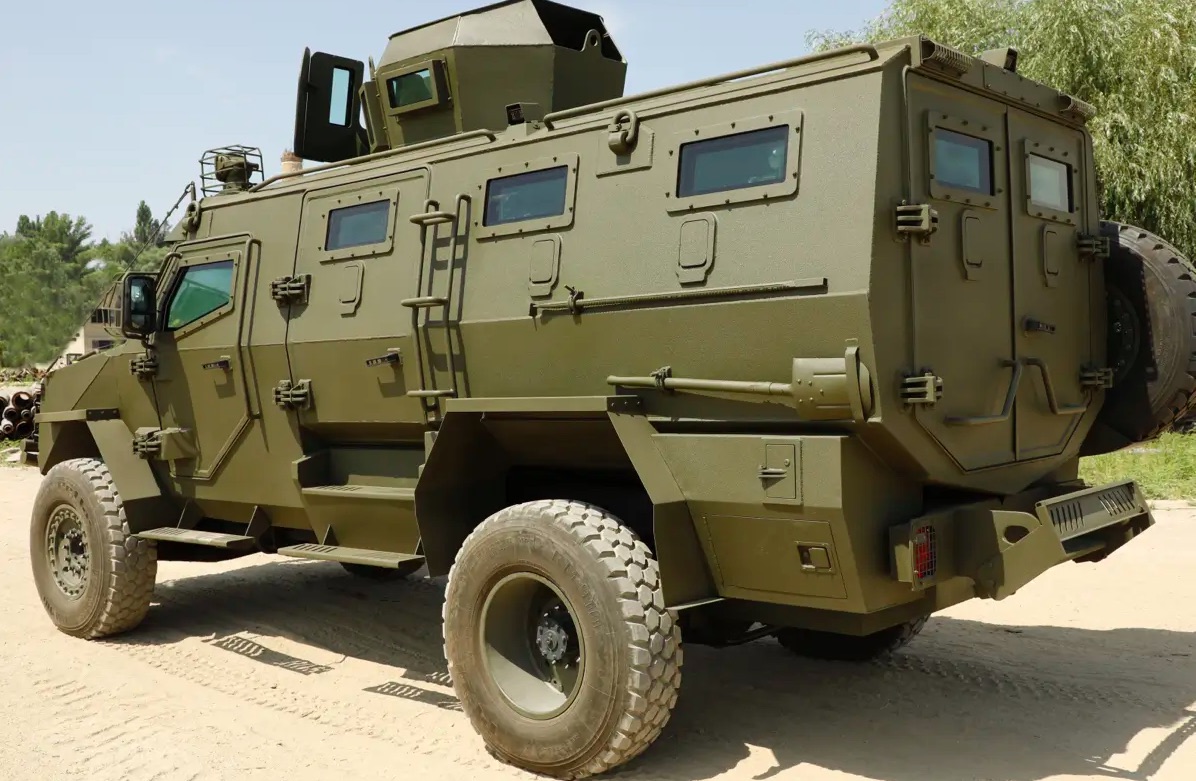
Read more: Ukraine May Buy AMPVs No Longer Ordered by the U.S. Army: Capabilities of This New Bradley Version



